Introduction
Lettuce, a versatile and nutritious leafy green, is a staple in salads and various cooked dishes worldwide. Its crisp texture and mild flavor make it an ideal base for a wide range of culinary creations. However, one common complaint among home cooks is the bitter taste that can sometimes develop when cooking lettuce, especially when sautéing or stir-frying. This bitterness can detract from the overall enjoyment of the dish, leaving even the most enthusiastic food enthusiasts dissatisfied.
In this comprehensive guide, we will explore the reasons behind bitter lettuce, delve into various techniques to prevent and reduce bitterness, and provide step-by-step recipes for cooking lettuce without compromising its fresh, delicate taste. By understanding the science behind bitterness and mastering a few simple cooking techniques, you can transform your lettuce dishes into delightful, mouthwatering meals that everyone will love.
Understanding the Causes of Bitterness in Lettuce
Before we dive into the solutions, it’s crucial to understand the root causes of bitterness in lettuce. Several factors contribute to this unwanted flavor:
-
Variety of Lettuce: Different types of lettuce have varying levels of bitterness. For instance, romaine lettuce tends to be milder, while red or green leaf lettuces can sometimes have a stronger, more bitter taste.
-
Overmaturity: As lettuce ages, its bitterness increases. Overripe lettuce leaves contain higher concentrations of bitter compounds called lactucopicrin and sesquiterpene lactones.
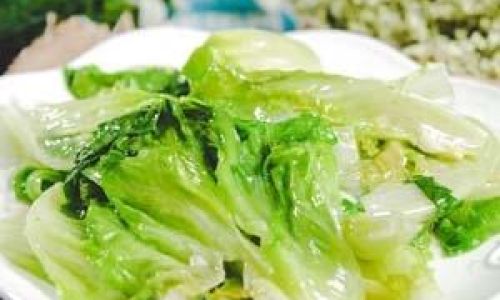
-
Environmental Stress: Lettuce plants that experience stress from extreme temperatures, insufficient water, or nutrient deficiencies can produce more bitter compounds as a defense mechanism.
-
Storage Conditions: Improper storage, such as keeping lettuce in the fridge for too long or exposing it to ethylene gas from other fruits, can enhance bitterness.
-
Cooking Methods: Certain cooking techniques, especially those that involve high heat or prolonged cooking times, can intensify bitterness.
Selecting the Right Lettuce
The first step in ensuring your cooked lettuce doesn’t taste bitter is to start with the right variety. Here are some tips for selecting the best lettuce for cooking:
-
Choose Younger Leaves: Younger lettuce leaves are generally sweeter and less bitter. Look for compact, firm heads with vibrant color and no signs of yellowing or wilting.
-
Variety Selection: Opt for varieties known for their sweetness, such as butterhead lettuce (also known as Boston or Bibb lettuce), which has a tender texture and mild flavor.
-
Seasonal Availability: Fresh, locally-grown lettuce is often sweeter because it’s harvested at its peak ripeness. Whenever possible, buy lettuce that’s in season.
-
Inspect for Damage: Avoid lettuce with bruises, cuts, or signs of insect damage, as these can lead to increased bitterness.
Proper Storage to Prevent Bitterness
Once you’ve selected your lettuce, proper storage is key to maintaining its freshness and preventing bitterness:
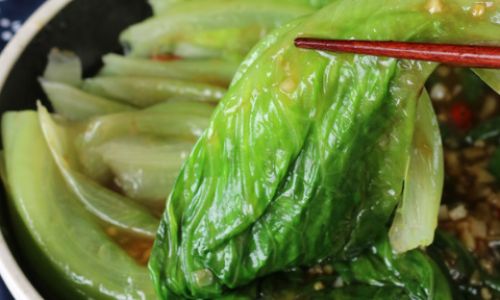
-
Refrigeration: Store lettuce in the crisper drawer of your refrigerator, where humidity is high and temperatures are stable. Avoid placing it in the door, where temperature fluctuations can occur.
-
Wrap It Right: Wrap lettuce in paper towels or a clean, dry cloth before placing it in a plastic bag. This helps absorb excess moisture and keeps the lettuce crisp.
-
Don’t Wash Until Ready to Use: Washing lettuce too early can cause it to spoil faster. Wait until you’re ready to use it, then rinse thoroughly under cold running water and dry with paper towels or a salad spinner.
Preparing Lettuce for Cooking
Before cooking, there are a few additional steps you can take to minimize bitterness:
-
Trim the Stems: The stems of lettuce leaves can be particularly bitter. Trim them off before cooking to reduce bitterness.
-
Separate the Leaves: For even cooking, separate the lettuce leaves into individual pieces. This ensures that each leaf cooks uniformly and doesn’t overcook, which can lead to bitterness.
-
Blanching: Blanching lettuce briefly in boiling water before cooking can help remove some of the bitter compounds. However, be careful not to overcook, as this will make the lettuce mushy.
Cooking Techniques to Avoid Bitterness
Now, let’s dive into the cooking techniques that can help you achieve perfectly cooked, non-bitter lettuce.
Sautéing Lettuce
Sautéing is a quick cooking method that involves using a small amount of oil over medium-high heat. Here’s how to sauté lettuce without bitterness:
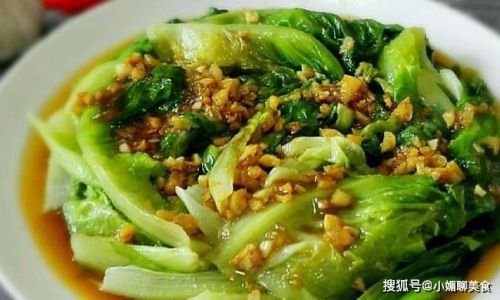
-
Heat the Pan: Place a skillet or wok over medium-high heat and add a small amount of oil (such as olive oil, butter, or sesame oil).
-
Add Aromatics: Once the oil is hot, add aromatics like garlic, ginger, or shallots. These will flavor the oil and enhance the taste of the lettuce.
-
Add Lettuce: Add the prepared lettuce leaves to the pan in a single layer, if possible. This ensures even cooking.
-
Stir Frequently: Stir the lettuce constantly with a spatula or tongs to prevent it from burning. Cooking time should be brief—just until the lettuce is wilted and slightly tender.
-
Season and Serve: Remove the lettuce from the heat immediately after it reaches your desired doneness. Season with salt, pepper, and any additional herbs or spices as desired.
Stir-Frying Lettuce
Stir-frying is similar to sautéing but typically involves higher heat and a larger quantity of oil. Here’s how to stir-fry lettuce without bitterness:
-
Heat the Wok: Preheat a wok or large skillet over high heat until it’s very hot. Add a generous amount of oil (vegetable, peanut, or canola oil work well).
-
Add Aromatics and Vegetables: Once the oil is smoking hot, add aromatics like garlic, ginger, and any other vegetables you’re cooking with the lettuce (such as bell peppers or mushrooms). Stir-fry for a few seconds until fragrant.
-
Add Lettuce: Add the lettuce leaves to the wok, spreading them out in a single layer. Stir-fry for just a minute or two, until the lettuce is wilted and slightly tender.
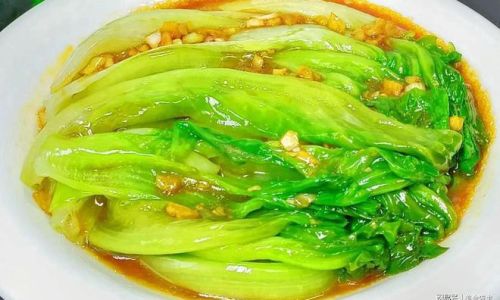
-
Season and Serve: Remove the stir-fry from the heat and season with salt, pepper, and any additional seasonings. Serve immediately to retain the crispness and freshness of the lettuce.
Steaming Lettuce
Steaming is a gentle cooking method that preserves the nutrients and flavor of lettuce. Here’s how to steam lettuce without bitterness:
-
Set Up the Steamer: Fill a pot with a few inches of water and bring it to a boil. Place a steamer basket in the pot.
-
Prepare the Lettuce: Arrange the lettuce leaves in the steamer basket in a single layer. If necessary, steam in batches to avoid overcrowding.
-
Steam for a Short Time: Cover the pot and steam the lettuce for just 2-3 minutes, or until it’s wilted and tender. Overcooking will make the lettuce bitter and mushy.
-
Season and Serve: Remove the lettuce from the steamer and season with salt, pepper, and any additional herbs or spices. Serve hot or at room temperature.
Grilling Lettuce
Grilling lettuce might sound unconventional, but it can add a smoky, caramelized flavor that’s delicious. Here’s how to grill lettuce without bitterness:
-
Preheat the Grill: Preheat your grill to medium-high heat. Oil the grill grates to prevent sticking.
-
Prepare the Lettuce: Cut the lettuce into large, manageable pieces. Brush the pieces lightly with olive oil.
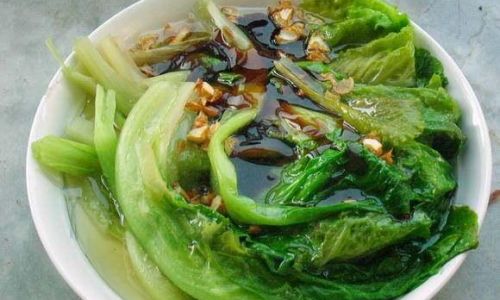
-
Grill Quickly: Place the lettuce pieces on the grill and cook for just 1-2 minutes per side, or until they have nice grill marks and are slightly tender. Be careful not to overcook, as this will make the lettuce bitter.
-
Season and Serve: Remove the grilled lettuce from the grill and season with salt, pepper, and any additional seasonings. Serve warm or at room temperature.
Conclusion
Cooking lettuce without bitterness is achievable with the right techniques and understanding of the factors that contribute to its bitter flavor. By selecting the right variety, storing it properly, preparing it thoughtfully, and using the appropriate cooking methods, you can enjoy perfectly cooked, sweet, and delicious lettuce dishes.
Remember, the key to success is to cook lettuce quickly over high heat, avoiding overcooking that can lead to bitterness. Experiment with different cooking techniques and seasonings to find the combination that suits your taste preferences. With a bit of practice, you’ll be able to transform simple lettuce into a culinary masterpiece that everyone will love.
Happy cooking!



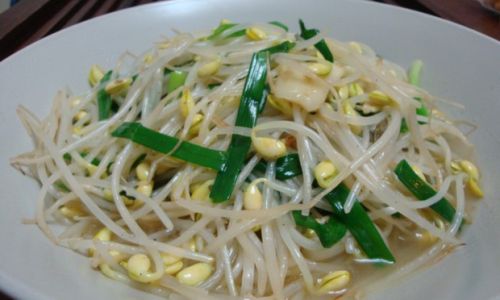


0 comments